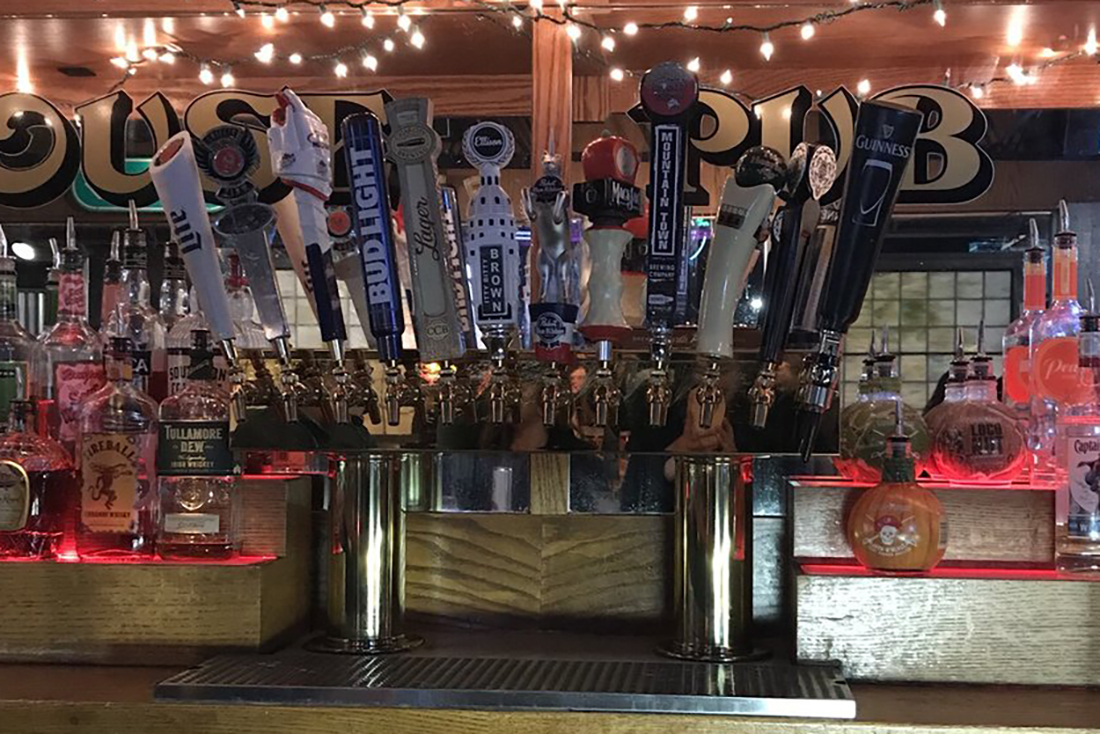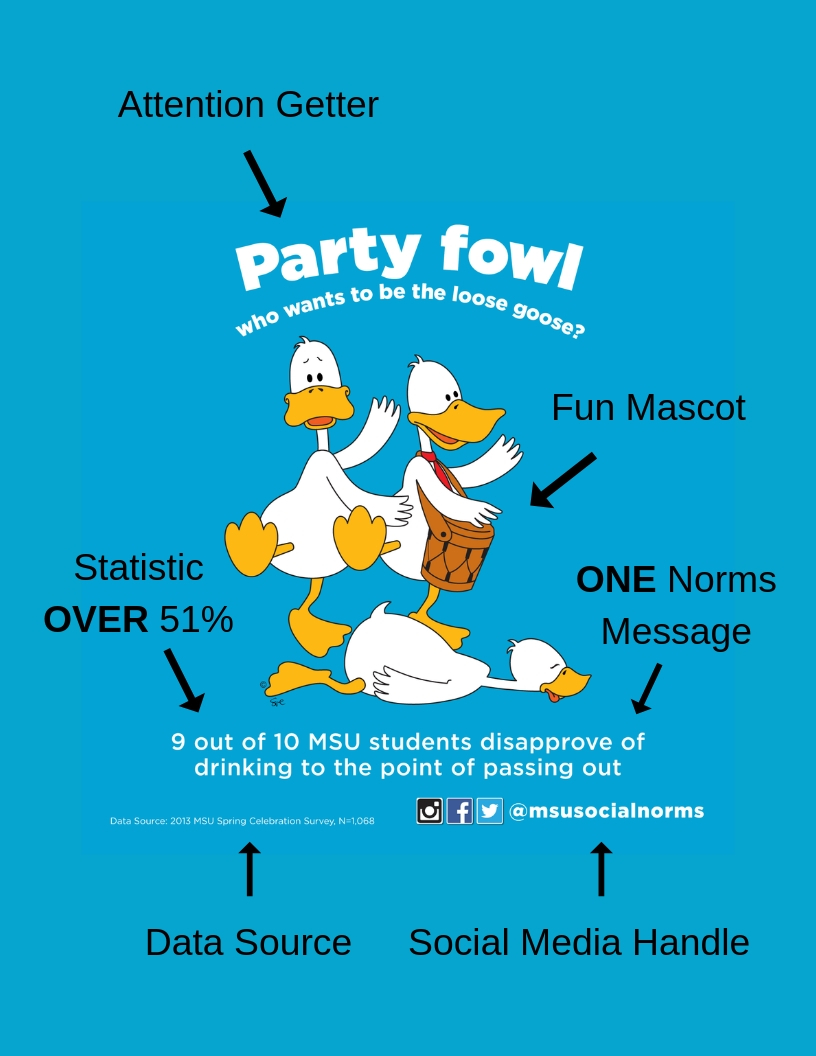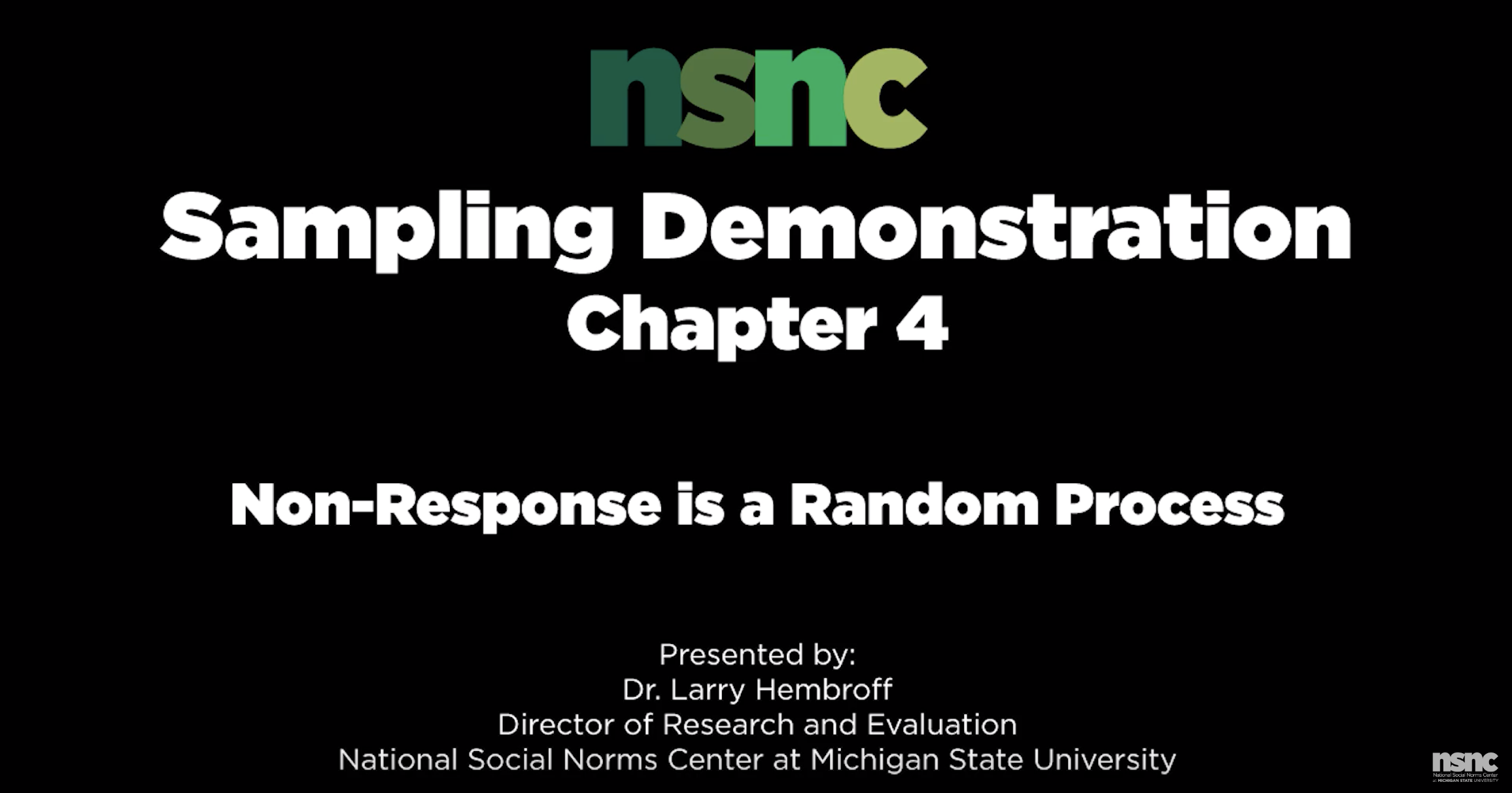Our colleagues at “The Well” at Virginia Commonwealth University recently found an interesting way to capture students’ opinion of the Stall Seat Journals (SSJ) that are a core part of the social norms intervention program there:
Linda Hancock, PhD, CFNP, RN, Director of the Well, describes what she did: “I just gave out 3×5 cards to a 300 level Sociology class that attracts different majors and asked them …’If you had to describe the SSJ in one or two words to a friend… what would you say? write that word(s) on the card.’ ”
Of the 85 students in the class, only 5 used a negative word (3 said pointless). The other 80 all had positive words. The result is the wordle that you see above; the size of the word reflects the frequency of that word in the responses.
A bit about Stall Seat Journals:
Stall Seat Journals (SSJ) are used by many schools that include social norms interventions in their prevention efforts. Typically, SSJs are posted on the inside of stall doors in dormitory bathrooms, with a new “edition” posted every month to 6 weeks throughout the academic terms; often they are also posted in the stalls of other bathrooms around campus. SSJs have several advantages:
- They have, quite literally, a “captive audience.”
- Unlike a good poster (that is typically seen in passing and not looked at for long), an SSJ can include a lot of information.
- An SSJ can deal with a variety of issues: either within a single poster or by having different SSJs throughout the year focus on specific issues, such as sleep, stress, handling holidays, etc.
- A different normative fact can be highlighted in each issue, allowing for cumulative corrective information. (For example, the University of Virginia also uses SSJs; because UVa students are called “Hoos”, each SSJ features a box, titled “Hoo Knew,” with a normative fact.)
- SSJs both contextualize drinking within other health-related issues and present information throughout the year on the social norms of drinking.
A bit about wordles:
“A wordle is a visual depiction of the words contained in a piece of text… Generated by a web-based tool of the same name, a wordle is created by manipulating the words of an input text and arranging them into a kind of graphic. The more frequent a particular word was within the source text, the bigger it’s displayed in the wordle. Font and colour variation, as well as adding visual appeal, may also give weight to particular words, which are positioned vertically as well as horizontally.” MacMillion Dictionary of Buzz Words, online






